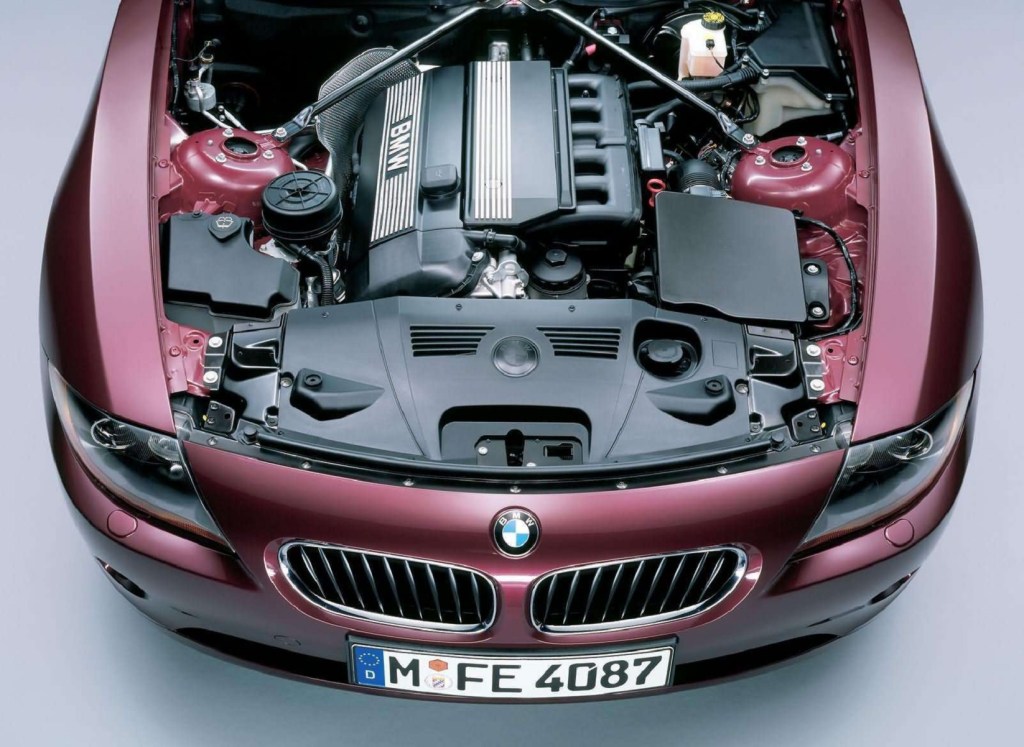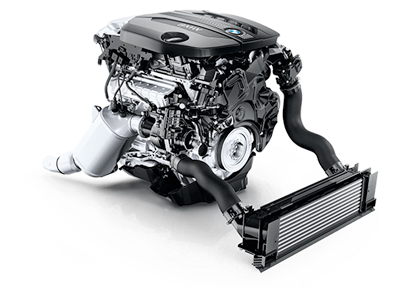Unveiling the Keys Behind the Power of the BMW Engine
Unveiling the Keys Behind the Power of the BMW Engine
Blog Article
Discovering the Development of Burning Engines in Modern Transport Solutions
As we browse the landscape of contemporary transportation, the advancement of combustion engines stands as a testament to human resourcefulness and design expertise. The interplay of history, innovation, and ecological problems in shaping the trajectory of burning engines develops a story that is both compelling and informative.
Early Beginnings of Combustion Engines
Just how did the idea of combustion engines first emerge in the early stages of transport advancement? When the concepts of inner burning were initial explored, the roots of combustion engines can be traced back to the 17th century. In 1673, Christian Huygens conceived a fundamental interior combustion engine that utilized gunpowder to create power. Nevertheless, it had not been until the late 19th century that functional applications of combustion engines in transportation began to arise.
The advancement minute came with the invention of the very first effective gasoline-powered engine by Karl Benz in 1885 - bmw engine. This engine paved the means for the development of the modern-day auto, transforming transport systems worldwide. Subsequent developments by Nikolaus Otto and Gottlieb Daimler further refined burning engine technology, bring about the automation of autos and the rapid expansion of the transportation sector
These very early burning engines were identified by their simplicity and effectiveness, laying the foundation for the complicated and powerful engines utilized in contemporary transport systems. The evolution of burning engines has been instrumental fit the method we take a trip and transport items, marking a considerable turning point in the history of transportation growth.
Change to Internal Burning Modern Technology
The change to interior burning modern technology marked a pivotal shift in the advancement of transport systems. This shift started in the late 19th century, with developers like Nikolaus Otto and Gottlieb Daimler establishing the initial effective internal combustion engines. These engines reinvented transportation by providing a more powerful and effective option to heavy steam engines and electric motors.
Among the essential benefits of inner burning engines was their ability to be scaled down to match lorries, causing the growth of cars and motorcycles. This change from large, fixed engines to small, mobile ones led the method for the modern-day transport systems we see today.
The transition to inner combustion technology additionally spurred improvements in gas technology, bring about the advancement of fuel and diesel as main gas sources for lorries. This shift not only made transportation a lot more obtainable to the masses but also laid the foundation for the oil and gas sector to end up being important to international economies.
Effect of Combustion Engines on Transport
The fostering of burning engines in transport systems catalyzed an extensive shift in the performance and speed of international mobility. Combustion engines changed transport by giving a reputable and have a peek at this website functional resource of power for numerous vehicles, consisting of autos, trucks, airplanes, and ships. This innovation considerably boosted the capacity for individuals and goods to relocate over cross countries in shorter amount of time, causing boosted connection in between areas and nations.
Additionally, the widespread use of combustion engines has actually had a substantial effect on financial growth. The capability to transport items efficiently has actually stimulated trade and business, enabling companies to expand their markets and get to customers worldwide. This has actually assisted in economic growth and globalization, as products can now be transferred faster and in bigger quantities than ever.
Nonetheless, the environmental influence of burning engines can not be forgotten. The burning of fossil fuels has actually brought about air pollution and greenhouse gas discharges, adding to climate change and positioning wellness risks to populaces. bmw engine. As a result, there is an expanding focus on creating alternate propulsion technologies to mitigate these adverse effects and produce a much more lasting future for transport
Technologies in Combustion Engine Layout
One significant technology is the development of turbocharged engines, which use exhaust gases to drive a wind turbine that presses incoming air, enabling for more fuel to be burnt, resulting in enhanced power result without a substantial boost in engine dimension. Variable valve timing systems have actually also changed engine style by enhancing air movement at different engine rates, boosting both power and efficiency. These advancements collectively contribute to the constant improvement of combustion engines in contemporary transport systems.
Future Fads in Combustion Engine Advancement
With technology improvements driving continual advancement, the future of combustion engine growth is positioned to revolutionize transport systems worldwide. One of the key fads in combustion engine development is the push in the direction of higher effectiveness and lowered exhausts.
Another noticeable trend try these out is the fostering of crossbreed innovations in burning engines. Crossbreed engines combine standard combustion technology with electric power, supplying improved gas effectiveness and lower emissions. As the vehicle market changes in the direction of electrification, hybrid combustion engines are seen as a transitional option that connects the space in between conventional automobiles and fully electrical ones.
Moreover, the assimilation of smart innovations, such as artificial intelligence and information analytics, is expected to play a significant function in the future of burning engine development. These innovations can optimize engine performance in real-time, leading to extra effective burning processes and boosted total car performance. Accepting these future trends will not only drive advancement in burning engine growth but also add to an extra ecologically pleasant and lasting transportation environment.

Conclusion
In verdict, the development of combustion engines in modern-day transport systems has actually been noted by significant developments in technology and layout. From the very early starts of combustion engines to the change to internal burning technology, these engines have actually had their website a profound effect on transport.
The roots of combustion engines can be mapped back to the 17th century when the principles of inner combustion were initial checked out. These engines changed transport by providing an extra powerful and reliable alternative to steam engines and electrical motors.

Report this page